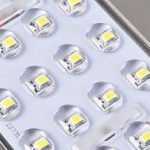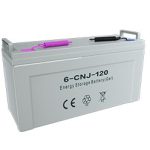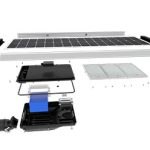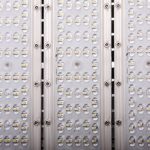7 Key Considerations for Installation of Solar Street Light

Will the solar street light fall over when blown by the wind? The installation of solar street light steps are unambiguous and should be prepared in advance.
After the foundation pit is dug, the embedded parts can be processed. This is mainly an important part of fixing the solar street lights. Only when they are properly processed can the stability and safety of the solar street lights be better ensured. So how exactly should it be constructed? You can take a look at it in detail below.
installation of solar street light
First, after the foundation pit is processed, an 8 cm thick cushion layer is laid inside for a while, and then the subsequent construction is carried out. After that, an independent concrete foundation is poured on the cushion layer. During this process, attention should be paid to vibrating and pouring at the same time. It should be noted that the anchor bolts and embedded parts must be buried before the end of pouring.
Buried anchor bolts and embedded parts
Pay attention to protective measures for the embedded parts of the anchor bolts. You can wrap the threads with transparent tape before construction to prevent them from being stained with concrete. This can avoid damage and tighten the nuts better. (The upper threads should be uniformly 50mm beyond the horizontal plane, and the lower ends of the bolts should be bent outwards in the same direction)
buried conduit
When burying the threading pipe, it should be noted that the upper port should be located in the middle of the embedded part. To avoid water intrusion, it is best to be 5 cm higher than the concrete embedded part. The inner diameter of the threading pipe should be larger than the outer diameter of the steel wire hose worn. 1.5 times.
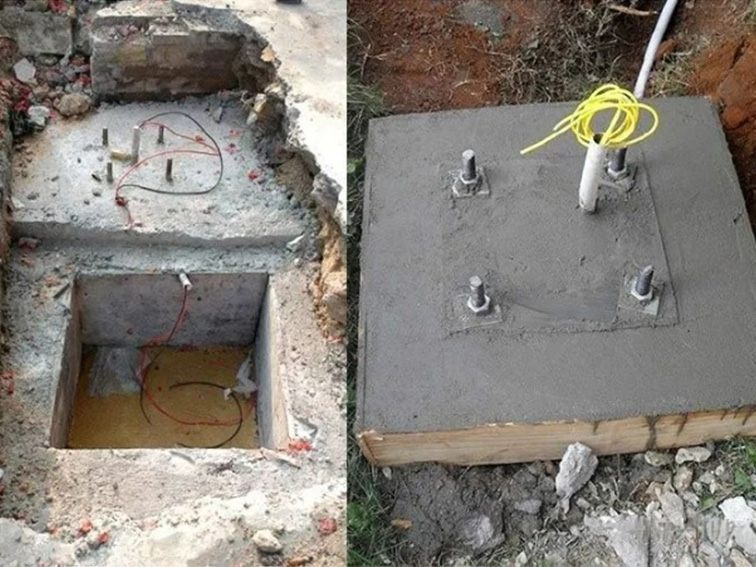
The threading pipe should try to avoid bending. If it has to be bent, the inner diameter should be greater than 2 times the outer diameter of the steel wire hose being worn. During the construction process, sediment and other debris may enter the pipe, so it is also Protective measures should be taken, and the pipe mouth should be blocked with something to avoid clogging of the threading pipe. (The lower port should be tilted slightly downward)
buried battery
There are also many issues that require attention when burying batteries. For example, installation of solar street light, if solar street lights are installed in alpine areas, then the battery is best placed in a sealed storage box and buried deep under the frozen soil layer to avoid affecting its charging and discharging efficiency. However, most of the lithium batteries used in solar street lights now are generally not buried underground like lead-acid batteries.
Concrete Requirements and Preparation
Quick-drying concrete cannot be used, and the grade should not be lower than C20 according to the soil condition. The viscosity should be moderate, not too hot, and not too thick;
Ensuring Verticality of Light Pole Foundation
Before installing the light pole foundation, the verticality should be found from two directions and monitored during the installation process. The verticality deviation should be less than 5mm to better ensure the verticality of the light pole;
Stability Measures for Special Conditions
In some special areas with strong winds or relatively soft locations, the base should be appropriately weighted to better ensure its stability and safety.
Concrete Solidification and Installation Timing
During the solidification process of concrete, it is necessary to water and maintain it on time. Only when the concrete is completely solidified (usually 4-7 days) can the chandelier be installed. During this process, the surface should be horizontally tested from time to time to ensure its accuracy. If it does not meet the requirements, repairs should be made in time.
Author

ZGSM Solar
We are a professional solar street light manufacturer with a 20-year history.



